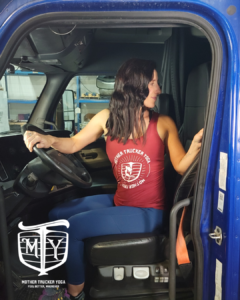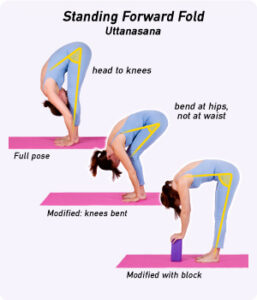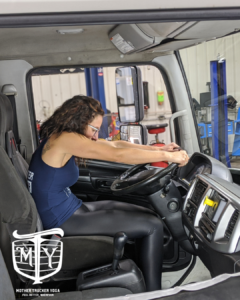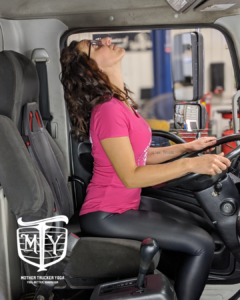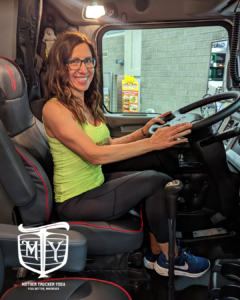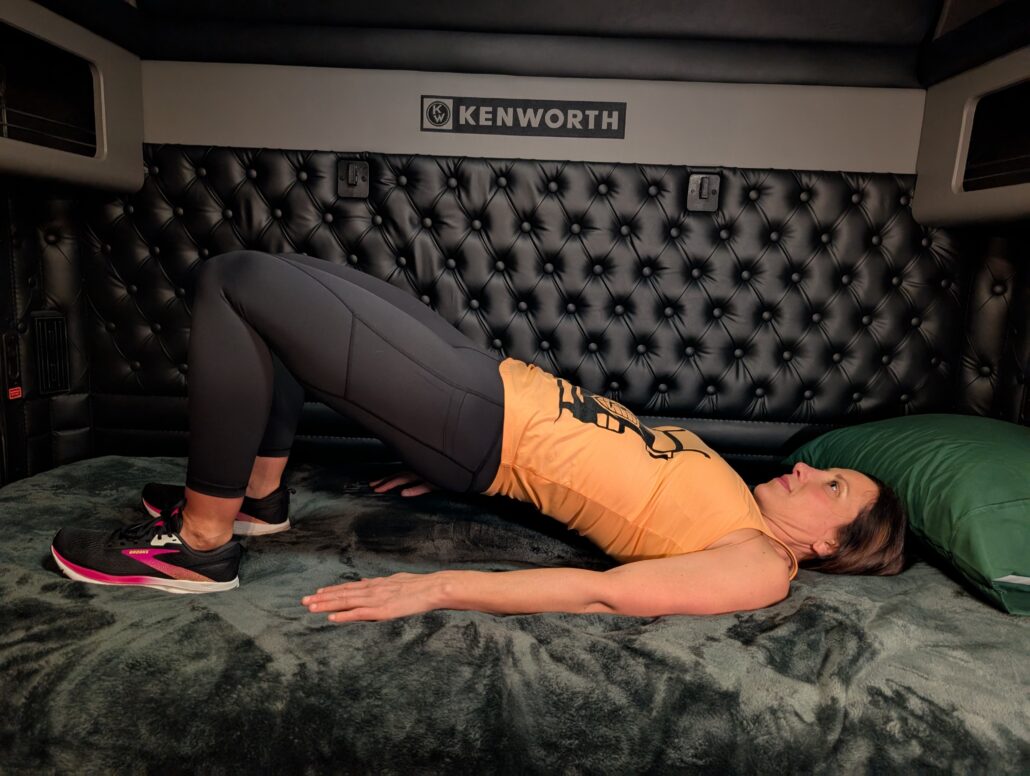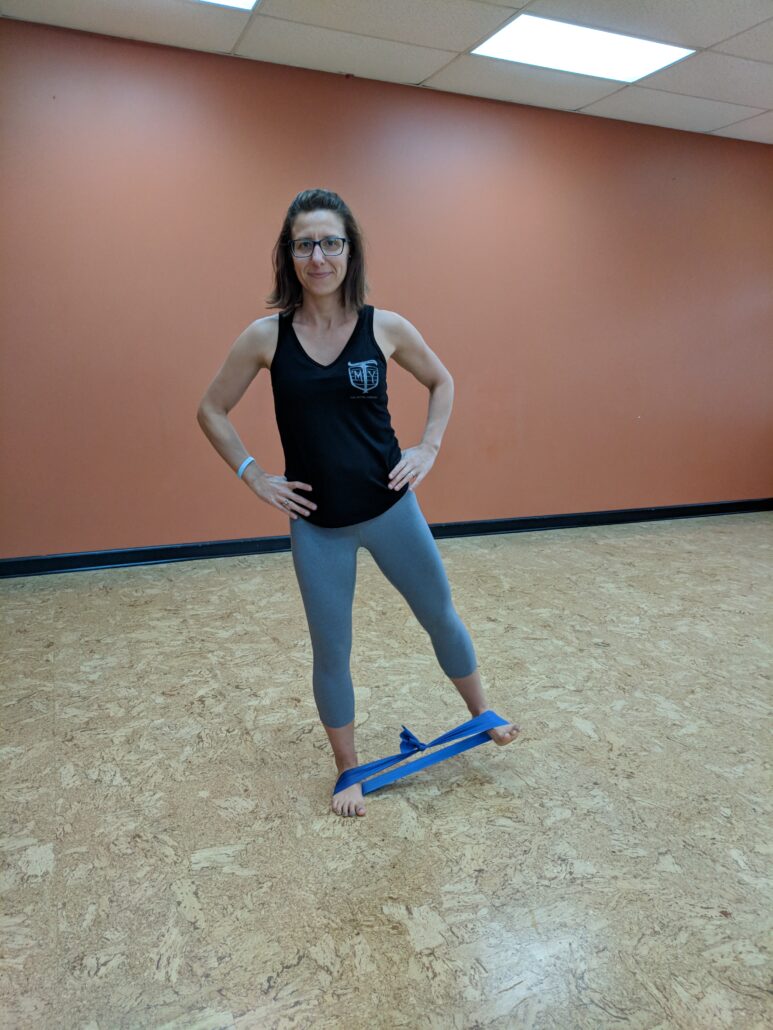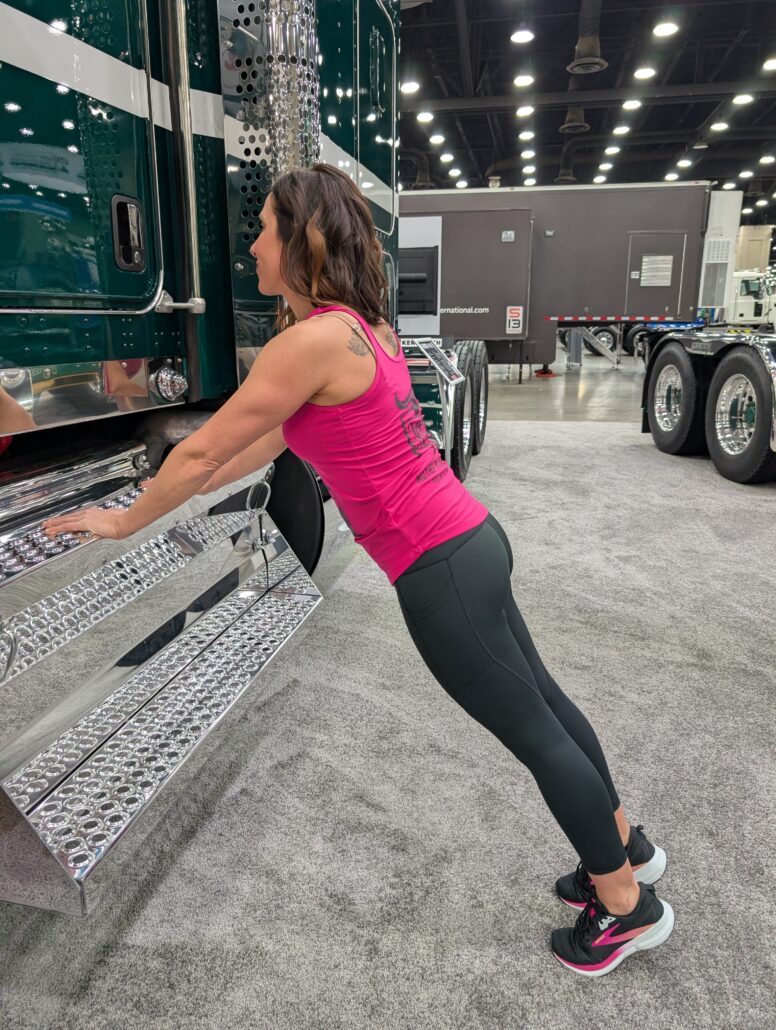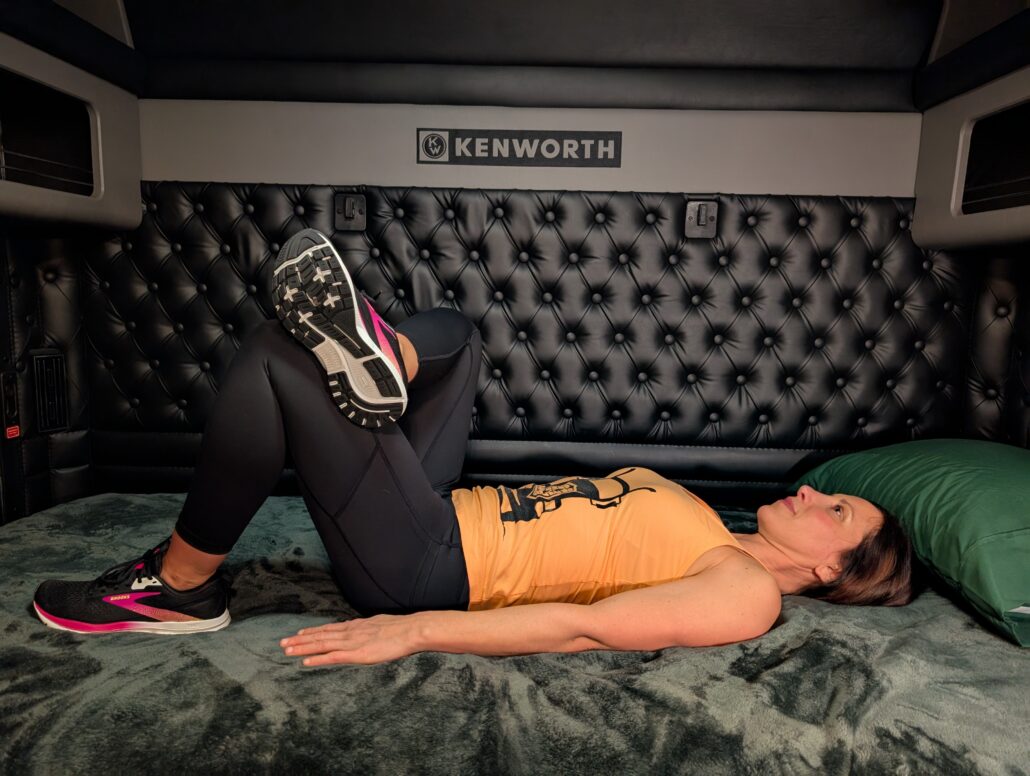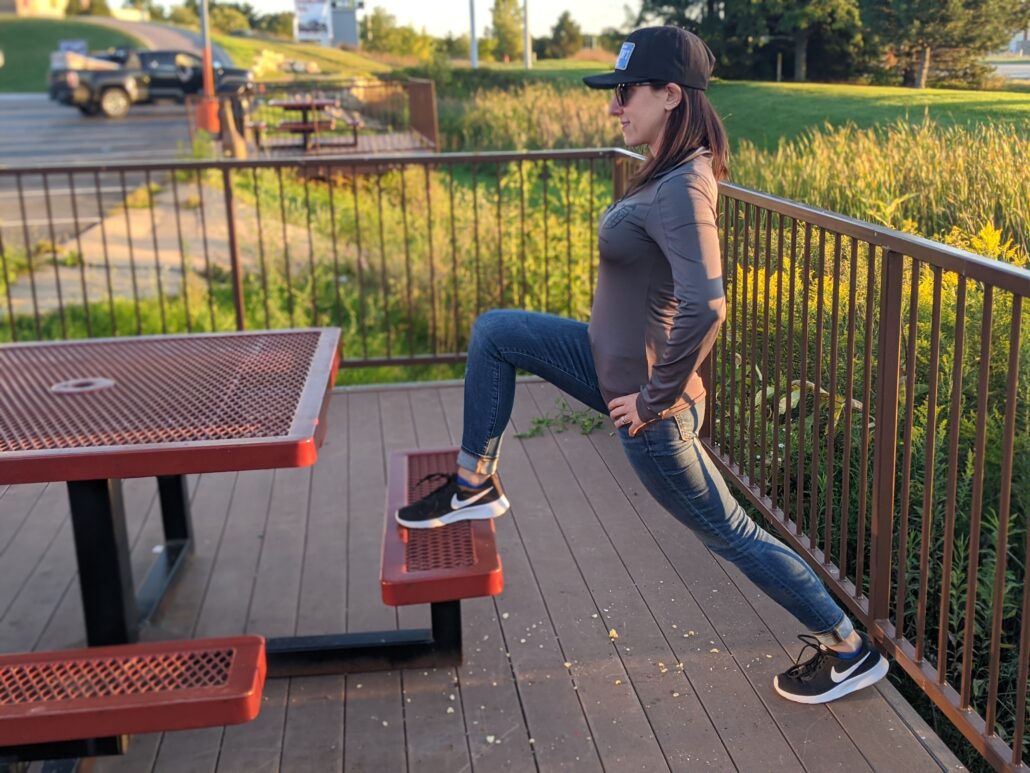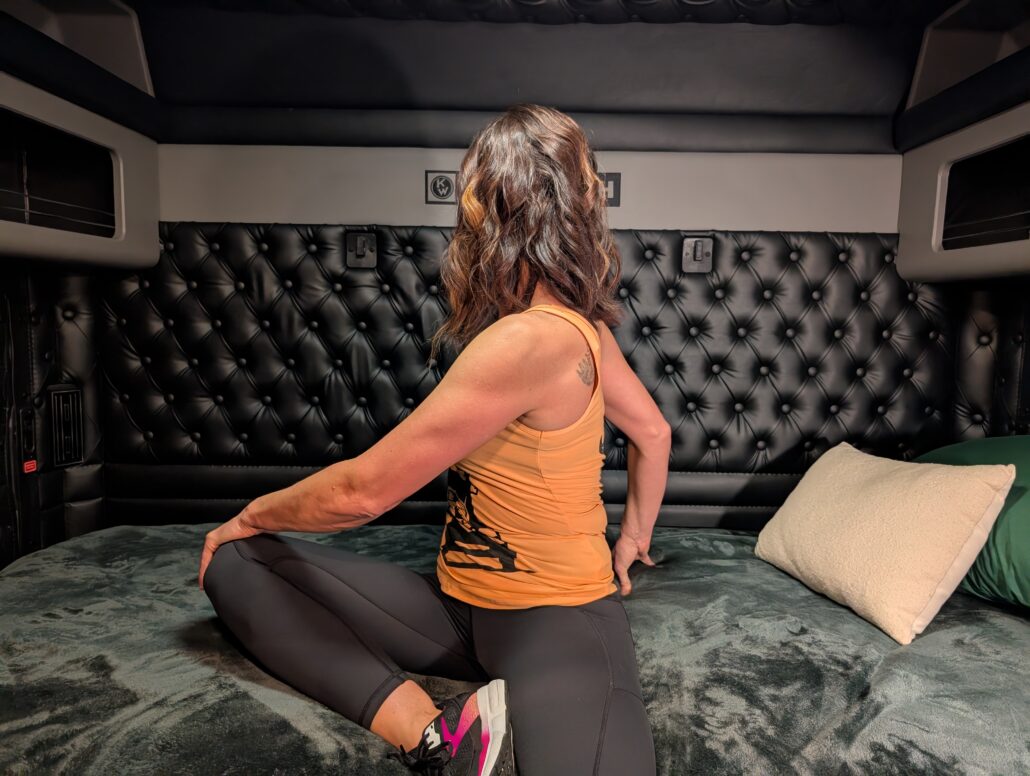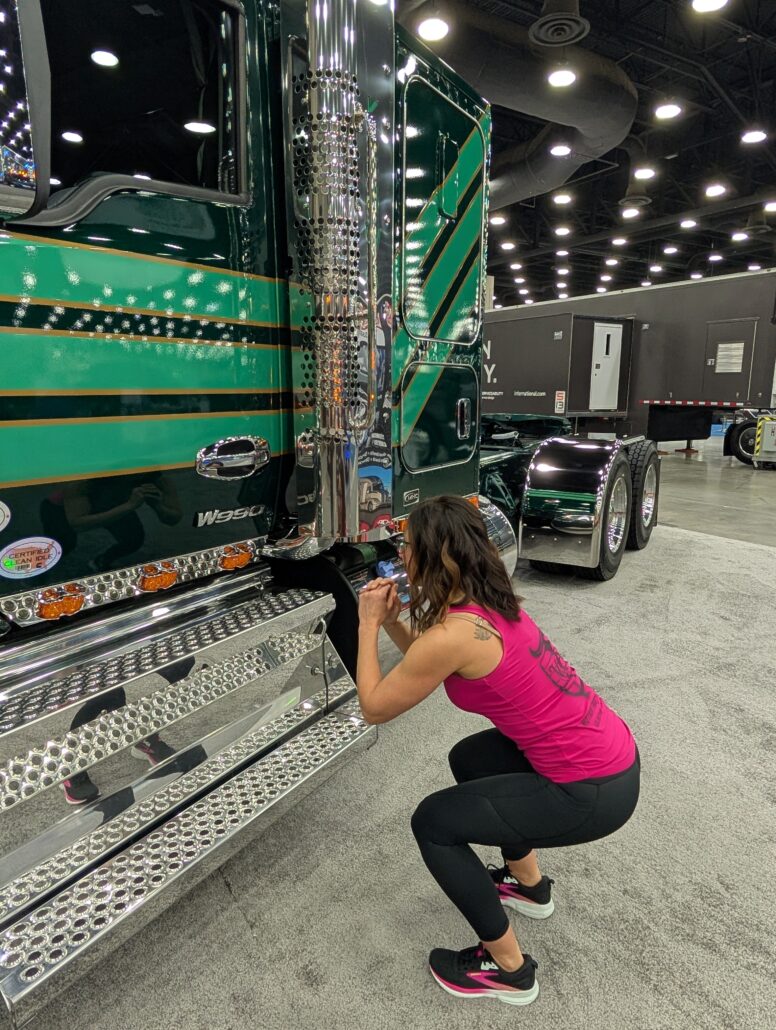What Your Feet Have to Do with Your Hip Pain: A Trucker’s Guide to Relief
What Your Feet Have to Do with Your Hip Pain: A Trucker’s Guide to Relief
Hip pain is no stranger to the trucking industry. Whether you’re logging long hours in the cab or just stepping in and out of your rig all day, the wear and tear on your joints builds up over time. But here’s something most people miss: hip pain isn’t always a hip problem—and that means real relief might come from a surprising place. Understanding the true source is the first step to finding lasting hip pain relief.
For the last 20 years, I’ve been teaching my students and clients that when it comes to body pain, don’t blame the messenger. That pain in your hip might just be the result of what’s happening below your waist—in your feet.
Let’s unpack why this connection matters and what you can do about it.
Common Causes of Hip Pain in Truckers
Hip pain can show up as stiffness, tightness, sharp aches, or even pinching. Some of the most common causes include:
- Poor posture from sitting too long
- Limited mobility and tight muscles
- Weak glutes and core
- Sciatic nerve compression
- Uneven leg length or gait
However, if you’ve tried foam rolling, stretching, or strengthening without much improvement, it might be time to look down.
Why the Feet Matter More Than You Think
Your feet are your foundation. They influence everything up the chain: ankles, knees, hips, and spine. If your feet are out of alignment, stiff, or unsupported, your hips end up compensating—leading to chronic pain and dysfunction.
Signs Your Feet Might Be the Cause of Your Hip Pain:
- Flat feet or collapsed arches
- One foot that turns out more than the other
- Uneven shoe wear
- Pain or tightness in the soles or calves
- A strong reliance on heavy-cushioned shoes
Foot Issues That Lead to Hip Pain
Let’s talk mechanics:
- Flat arches can cause internal rotation at the knees and hips.
- Overly stiff shoes reduce natural foot movement, restricting ankle mobility and impacting the kinetic chain.
- Over-padded footwear disconnects your body from the ground, limiting proprioception (your ability to sense body position).
When your feet don’t move well, your hips do more work than they should.
What to Do: Start by Rolling Out Your Feet
If you’re sitting all day, your feet need love. One of the best ways to relieve hip tension is to roll out your feet daily.
Try this simple routine:
- Grab your Road Relief Wellness Massage Balls.
https://youtu.be/AM6MS9yHnQI?si=gAnFreHjji-7YuUs
- While seated, place the ball under one foot and slowly roll from heel to toe.
- Spend 1-2 minutes per foot, focusing on sore spots.
- Do this morning and night for a week—you’ll be shocked by the difference in your hips.
Rolling out your feet helps:
- Improve blood flow
- Wake up nerve endings
- Reduce muscle tension in the calves and hips
- Improve posture and balance
Strengthening Exercises That Help
Once you’ve improved mobility with rolling, it’s time to add strength:
Toe Splays:
Strengthens foot muscles and improves arch support.
Calf Raises with Hip Tuck:
Strengthens calves and glutes at once.
Side-Lying Leg Lifts:
Targets the outer hip and stabilizing muscles.
Hip Bridges:
Activates glutes and improves pelvic stability.
Avoid These Footwear Mistakes
Most truckers buy shoes for comfort, not support. That’s where trouble starts.
Avoid:
- Shoes with thick, rigid soles
- Overly padded insoles that deaden foot movement
- Footwear that doesn’t bend at the ball of the foot
Choose instead:
- Flexible soles that allow your feet to move
- Shoes that hug the midfoot (not just the heel)
- Minimalist styles that let your foot muscles work naturally
Don’t Just Mask Hip Pain—Fix the Root Cause
Popping ibuprofen, getting injections, or booking massages might offer temporary relief. But if your feet are the root of your hip pain, no amount of hip-focused therapy will fix the issue long term.
Start with your base. Nurture your feet daily. Make smarter footwear choices. And integrate small mobility practices into your trucker lifestyle.
When your feet are happy, your hips will be too.
Resources to Help You Get Started
Looking to dive deeper into foot health, mobility tools, and wellness tips designed specifically for drivers? Check out these helpful resources:
